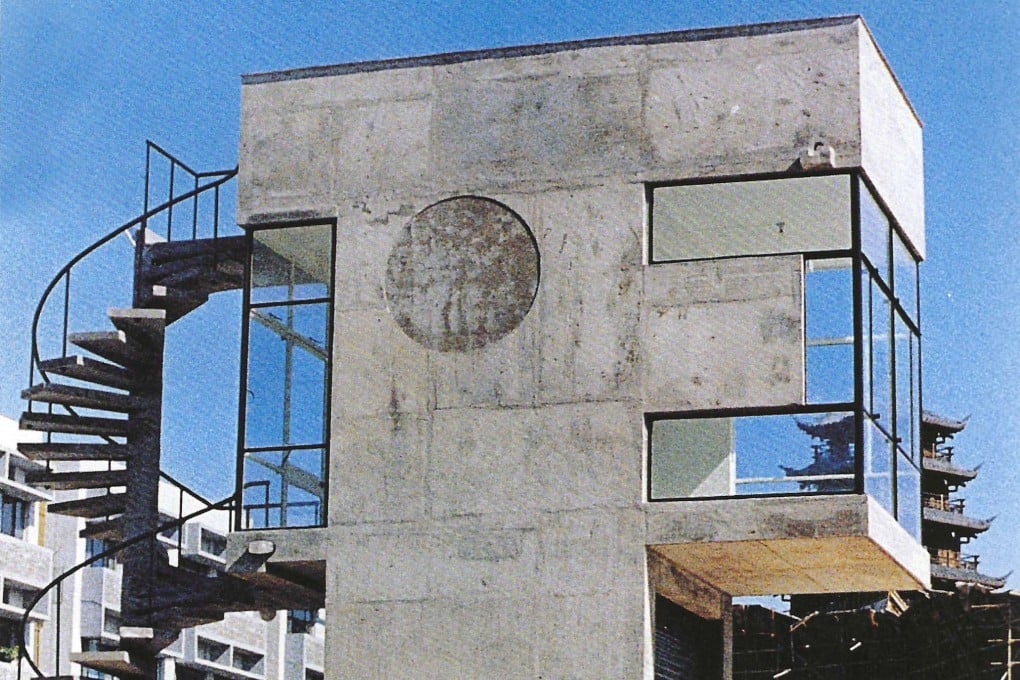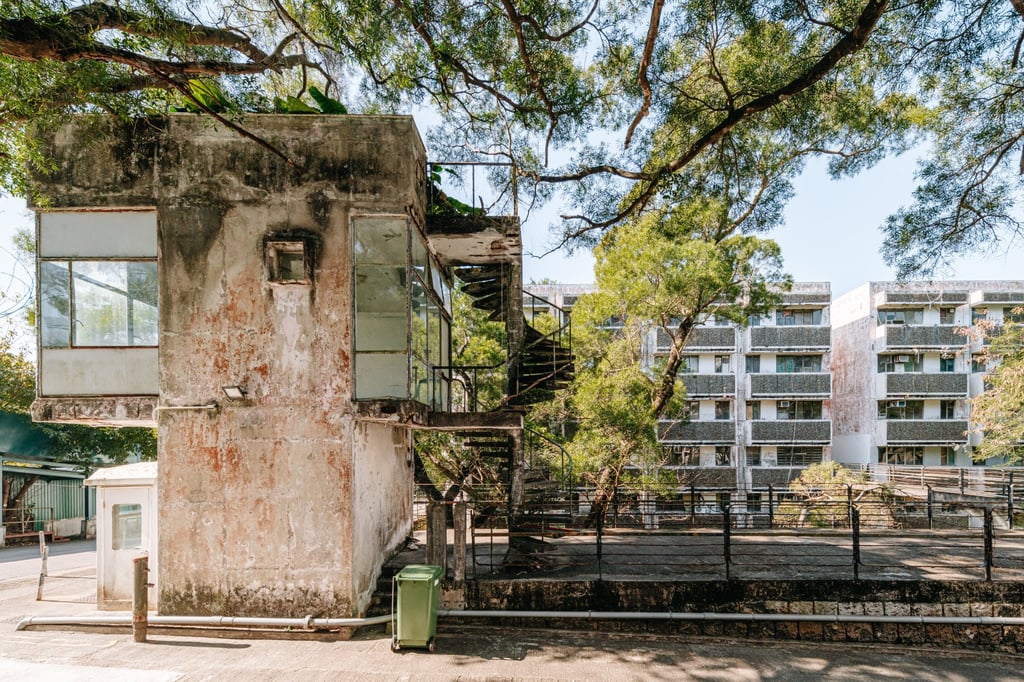Why Hong Kong’s Brutalist buildings are a vital part of the city’s history, and the group encouraging others to embrace these structures both loved and loathed
- Hong Kong is home to significant Brutalist structures from the 1960s and 70s, including a few still left at Shaw Studios in Clear Water Bay
- To encourage preservation, a group of Hongkongers is working to raise awareness of the architectural style

Zip ties may be among the world’s most useful inventions, but when used to secure a building they send mixed messages. One is a half-hearted “Keep Out”. “Disposable” might be another.
Which is why my spirits droop as I peer through a glass door at the grade three-listed Brutalist Guard House at the Shaw Studios residential blocks in Clear Water Bay.
While realising today is not my lucky day for a close look inside the two-storey cantilevered structure, I recognise, too, that the cheap plastic fastener underscores the vulnerability of the building it purports to protect.
On this steamy afternoon, it feels especially poignant that rot has already set in. Reached by climbing an exterior spiral staircase, the main 180 sq ft (17 square metre) space is a wet, mouldy mess. Its fair-faced concrete surfaces outside are in no better shape: Play-Doh appears to have been slapped into cavities.

But despite the T-shaped building’s decrepitude at 55 years of age, it is not difficult to imagine it in better days, when a tuck shop sold snacks downstairs and a hair salon operated on the light-filled level above.
“Although it has always been called the Guard House, there was no space for guards,” says Bob Pang Chin-wah.
